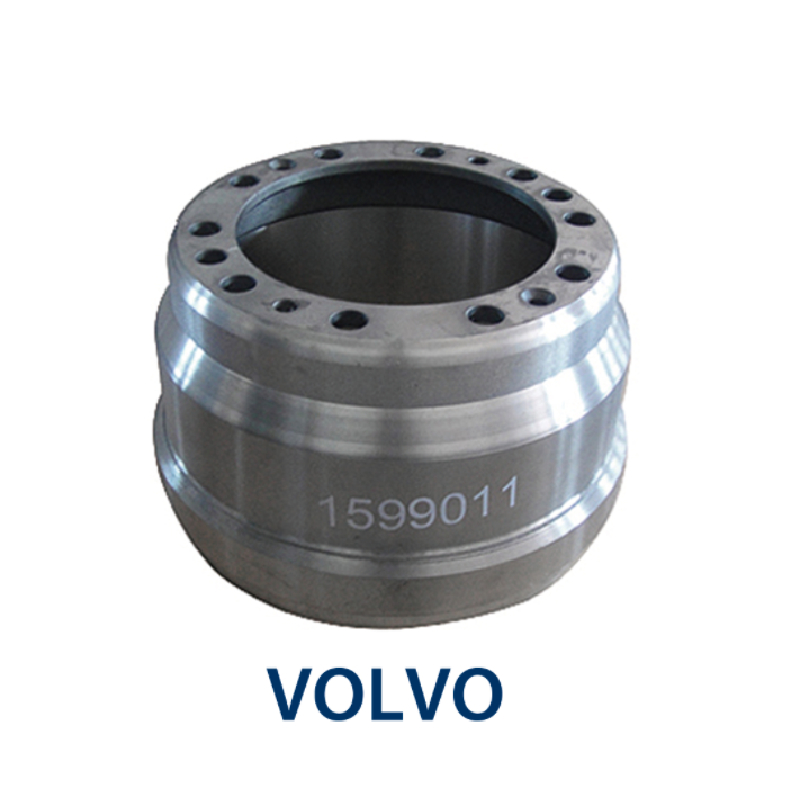Nov . 13, 2024 13:12 Back to list
brake drum types
Understanding Brake Drum Types A Comprehensive Guide
Brake drums are essential components in the braking systems of many vehicles, particularly older models and certain types of trucks and heavy machinery. These components play a crucial role in ensuring safety by providing the necessary friction to halt the vehicle. Understanding the various types of brake drums can aid in making informed decisions regarding repairs, replacements, and upgrades.
What is a Brake Drum?
A brake drum is a cylindrical component that houses the brake shoes. When the driver presses the brake pedal, hydraulic force pushes the brake shoes against the inner surface of the drum, generating friction that slows down the vehicle. This system is commonly found in drum brake setups, which are prevalent in rear brakes and sometimes in front brakes for some automobiles.
Types of Brake Drums
1. Cast Iron Brake Drums The most common type of brake drum, cast iron drums are favored for their excellent heat dissipation properties and durability. The material can withstand high temperatures generated during braking, making it a reliable choice for both normal driving conditions and more demanding situations. However, cast iron can be susceptible to rust if not maintained properly.
2. Aluminum Brake Drums These are lighter compared to their cast iron counterparts, offering better performance in terms of weight reduction which can slightly enhance fuel efficiency. Aluminum drums also provide effective heat dissipation but are generally less durable than cast iron. They are often used in performance and racing applications where weight savings are critical.
3. Ventilated Brake Drums Ventilated drums feature cooling passages that allow air to flow through the drum. This design helps to enhance cooling capabilities, making them suitable for vehicles subjected to high-speed driving or heavy loads. Ventilated brake drums are engineered to reduce the risk of brake fade, a phenomenon that can occur when brakes overheat and lose effectiveness.
brake drum types

4. Composite Brake Drums A relatively newer innovation, composite brake drums are made from a combination of materials, often integrating thermoplastic resins and metals. These drums aim to provide a balance of lightweight design and structural integrity while minimizing thermal expansion. Composite brake drums are particularly advantageous for high-performance vehicles and applications where weight is a critical factor.
5. Ribbed Brake Drums Ribbed designs are used to enhance the structural strength of a brake drum. The ribs increase rigidity and help to reduce the chances of warping under high heat conditions. Ribbed drums are often used in heavy-duty applications, where added strength and durability are paramount.
Factors to Consider When Choosing Brake Drums
When selecting brake drums for your vehicle, several factors come into play
- Vehicle Type Different vehicles have different requirements. Heavy-duty trucks may require more robust drums compared to light passenger cars. - Driving Conditions If you frequently drive in mountainous terrains or carry heavy loads, choosing ventilated or ribbed drums can significantly improve performance. - Material Consider whether you prioritize weight savings, durability, or heat dissipation, as these attributes vary across different materials. - Cost and Maintenance Cast iron drums are typically more economical but may necessitate regular maintenance to prevent rust. Conversely, aluminum drums might offer advanced performance but at a higher initial cost.
Conclusion
Understanding the various types of brake drums can empower vehicle owners and enthusiasts to make informed decisions concerning their braking systems. By factoring in the vehicle type, driving conditions, and material properties, one can select the ideal brake drum that provides safety and enhances performance. Regular checks and maintenance of brake components, including drums, are crucial for ensuring optimal functionality and safety on the road.
-
Scania Brake Drums: OEM Quality for Optimal Safety & Durability
NewsAug.16,2025
-
R.V.I: Advanced Remote Visual Inspection for Precision
NewsAug.15,2025
-
Discover HYUNDA: Innovative Vehicles, Equipment & Solutions
NewsAug.14,2025
-
R.V.I: Unlock Advanced Insights & Real-time Performance
NewsAug.13,2025
-
Kamaz Brake Drum: Durable & Reliable for Heavy Duty Trucks
NewsAug.12,2025
-
Heavy Duty Iveco Brake Drum - Premium Quality & Safety
NewsAug.11,2025
